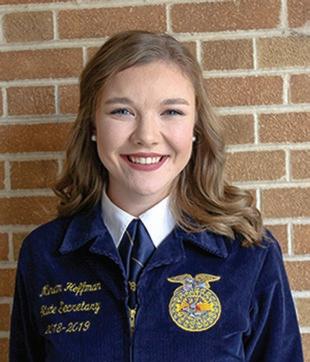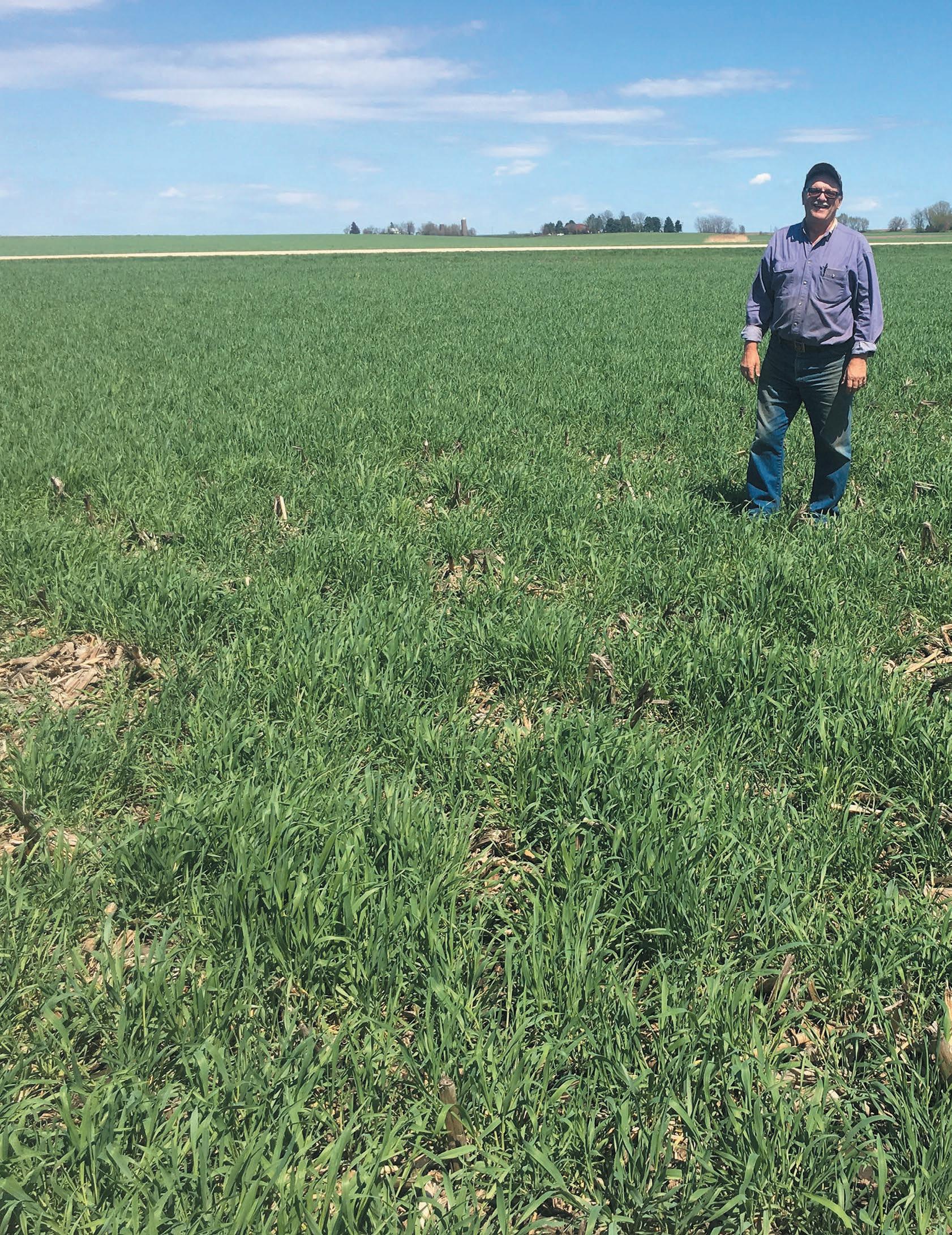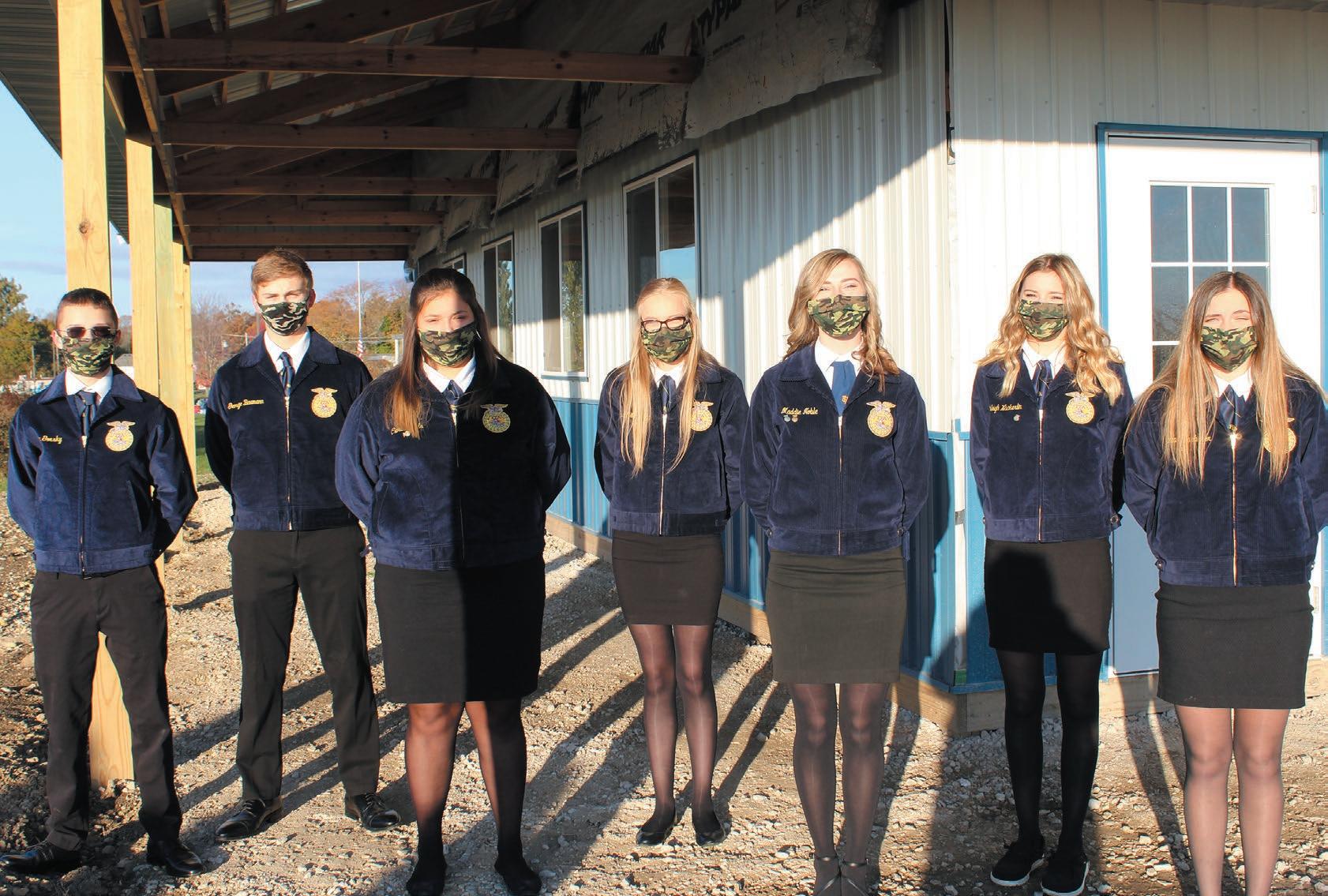RYE NOT Farmer promotes the message of cover crops
BY JEANNINE OTTO - AgriNews Publications ESMOND, Ill. — Paul Taylor has farmed for decades in the Esmond area and something he’s seen this fall concerns him. “I have seen moldboard plows out this fall. My first thought was they were being used for primary tillage, but it appears they are being used to plow gullies closed from our heavy rain events this spring,” Taylor said. Taylor understands the mindset behind it. He used to do the same thing. “When I was young, we fall plowed our bean ground, that was just standard procedure. The road ditches would be full of dirt in February and March. It was terrible. We had to work the gullies shut. When you worked all your fields every year, you didn’t pay any attention to that, you just did it,” he said. For Taylor, the alternative to gullies washed through fields and soil eroding into ditches is making sure that as much ground as possible is covered. It’s a lesson learned from his father. “My dad’s theory was that you had to have something growing on the ground all the time,” Taylor said. Taylor, like his dad, grew vegetable crops for local Del Monte and Green Giant processing plants. So, cover crops, usually bin-run soybeans because they were cheap and available, were planted on acres that had canner crops like
4 | DeKalb County AG MAG | FALL 2020 4 | DeKalb County AG MAG | Fall 2020
peas, sweet corn and lima beans. If the weather and rain was favorable, farmers could get a second crop out of the ground. With the Del Monte plant in Mendota closed, this is the first year that Taylor hasn’t grown any vegetable crops. But the cover cropping on his farm keeps growing. “This year, we are going to have probably 75% of our acres under cover crops. That’s probably as high as we’ve been. Most years, we might be 40% to 50%,” he said. Taylor is one of a growing number of farmers across the United States utilizing cover crops on their farms. The 2020 National Cover Crop Survey, supported by the U.S. Department of Agriculture’s Sustainable Agriculture Research and Education program, along with the American Seed Trade Association, and presented by the Conservation Technology Information Center, surveyed 1,172 farmers across the United States. The online survey was done March 26 to April 12. Ninety-three percent, a total of 1,090, of the farmers responding to the survey said they have used cover crops, while 7% said they had never used them — and 24.9% of the farmers responding have used cover crops for more than 10 years. Taylor is among them. He has been using cover crops on some part of his acres for the past 15 years. “I think the trick with cover crops is matching what you are seeding for when you are seeding and then matching





